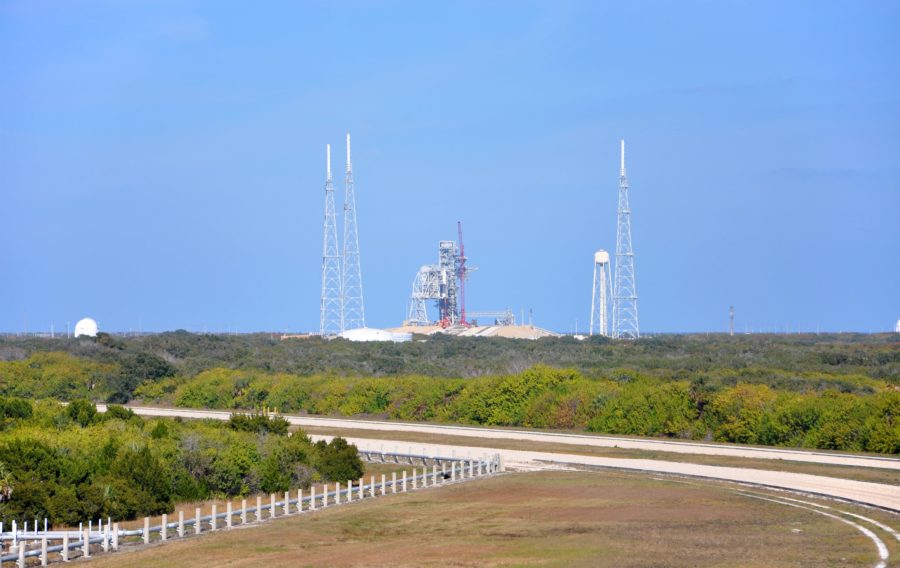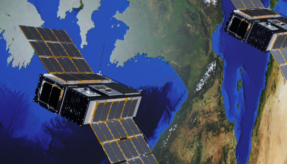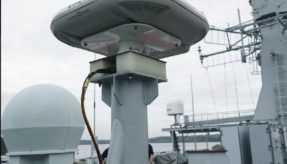
The US Air Force has launched defence satellites with the Space X Falcon Heavy rocket, the world’s most powerful launch vehicle.
The Air Force Research Laboratory (AFRL) launched 24 experimental defence satellites from the Kennedy Space Centre in Florida as part of the DoD Space Test programme. The mission is managed by the Air Force Space and Missile Systems Center, Los Angeles.
The launch was the Falcon’s third as well as the first to launch with reused boosters. It put 24 satellites into space including Green Propellant Infusion Mission spacecraft, which enables the first ever on-orbit demonstration of the AFRL developed Advanced Spacecraft Energetic Non-toxic Propellant.
AFRL Commander Major General William Cooley said: “The space domain has never been more important to our nation than it is today.”
“The DSX satellite experiment will greatly increase our understanding of the environment spacecraft operate in and will give us the knowledge to build even better satellites to protect and defend our space assets. I am immensely proud of the AFRL scientists, engineers, and technicians that conceived and built the DSX satellite.”
Space demonstration of this new propellant, ASCENT, formerly known as AF-M315E, marks a major milestone in a national effort to develop new energetic propellants to replace hydrazine, the current established chemical propellant of choice for nearly all current satellite propulsion. Not only is ASCENT 50% higher performing than hydrazine, it is also a vastly safer alternative, allowing for streamlined ground operations relative to legacy propellants.
Also part of the STP-2 mission was AFRL’s Demonstration and Science Experiments (DSX) spacecraft. The first of its kind globally, the DSX flight experiment will conduct new research to advance DOD’s understanding of the processes governing the Van Allen radiation belts and the effect they have on spacecraft components.
The spacecraft is equipped with a unique suite of technologies such as space weather sensors and graphite antenna booms used to conduct experiments with very-low frequency radio waves. DSX has two sets of immense deployable booms due to the large antenna requirements of these experiments.
If you would like to join our community and read more articles like this then please click here.
AFRL Florida satellite Space Space and Missile Systems Center US US Airforce







